10 GI Tagged Foods from the Northeast We Need in Our Kitchens
From a no-cook 'magic' rice to a lemon with the highest Vitamin C content in the citrus realm, Northeast India is a treasure trove of amazing ingredients. #FoodSecrets
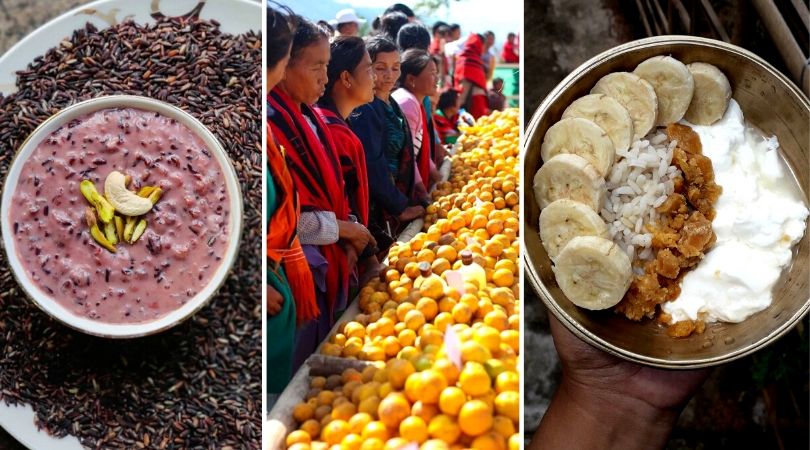
With The Positive Collective, The Better India’s COVID-19 coverage is available to regional language publications for free. Write to [email protected] for more details.
Chak Hao, or Manipuri black rice, recently bagged the Geographical Indication (GI) tag, which is awarded to products that have a specific origin and are known to possess properties due to the place where they are originally grown.
This is excellent news—both for the state which is now going to be known primarily for this unique rice variety that has excellent nutritional value and from the point of view of trade.
However, Manipuri black rice is not the only ingredient from North East India that deserves a place in your pantry. There are a plethora of equally amazing kitchen staples, with GI tags, that you need to get your hands on, to add brightness, heat and umami to your food.
1. Manipuri Chak Hao
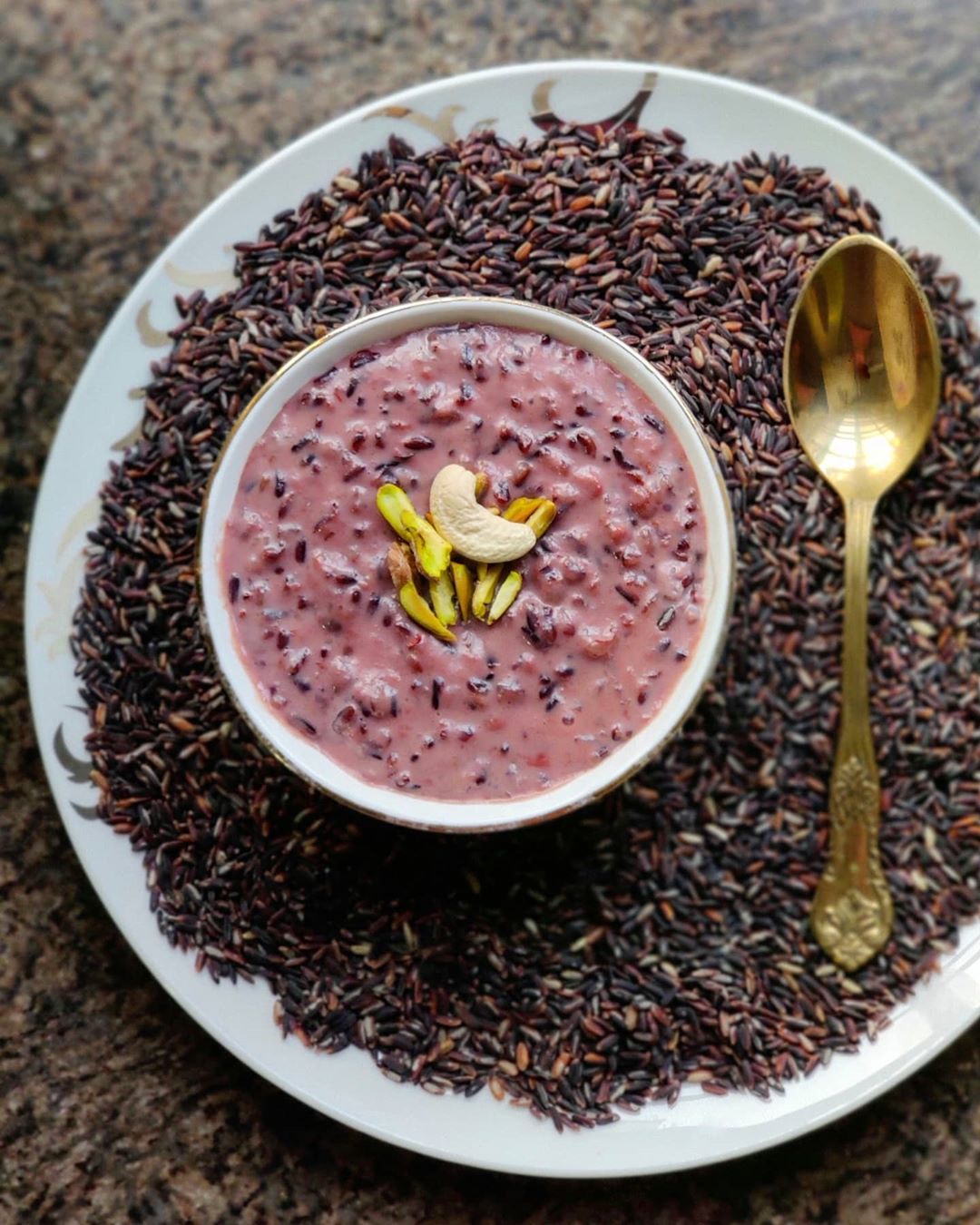
The famous black rice of Manipur was once known as the “forbidden rice” because it was once reserved for the Chinese Emperor, to ensure his health and longevity. Today, it is generally served on special occasions and festive events. After cooking, it is said that the black hue turns purple and it has a slightly nutty flavour.
Traditionally, black rice has been used to make kheer, and you could try substituting it for your white rice. In contemporary kitchens, this rice has also been used to prepare a creamy risotto or even spicy fried rice.
2. Mizo Bird’s Eye Chili
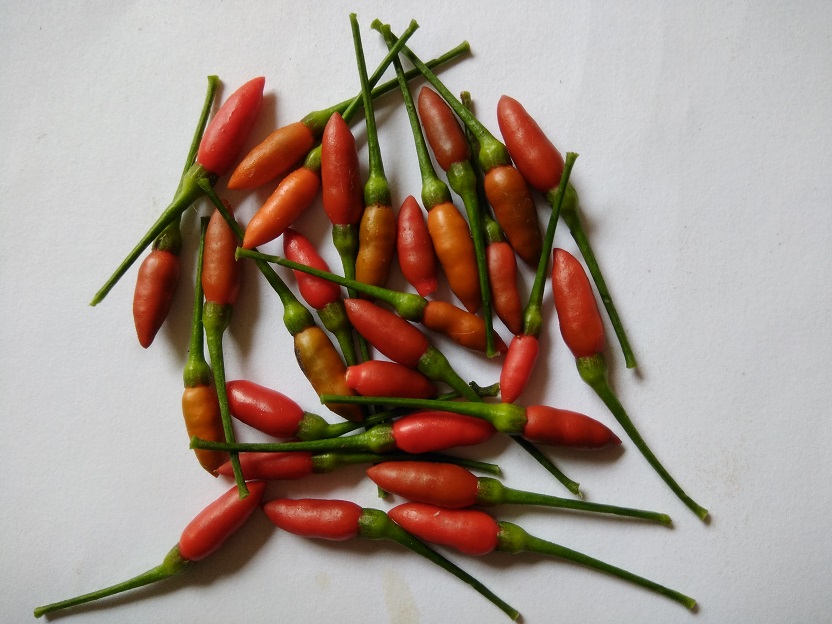
Very few people may have heard about this variety of chilli, but it is one of the hottest in the world. Only half an inch in size, the colour of the chillies changes from green to red when it ripens.
In Mizoram, it is used to make a spicy chutney of roasted tomatoes, garlic, onion and coriander, and is also an essential ingredient in meat curries. Back home in Assam, this chilli is pickled in oil, and if you ask me, just a single drop of it is enough to add a punch of flavour to anything.
3. Assamese Boka Saul
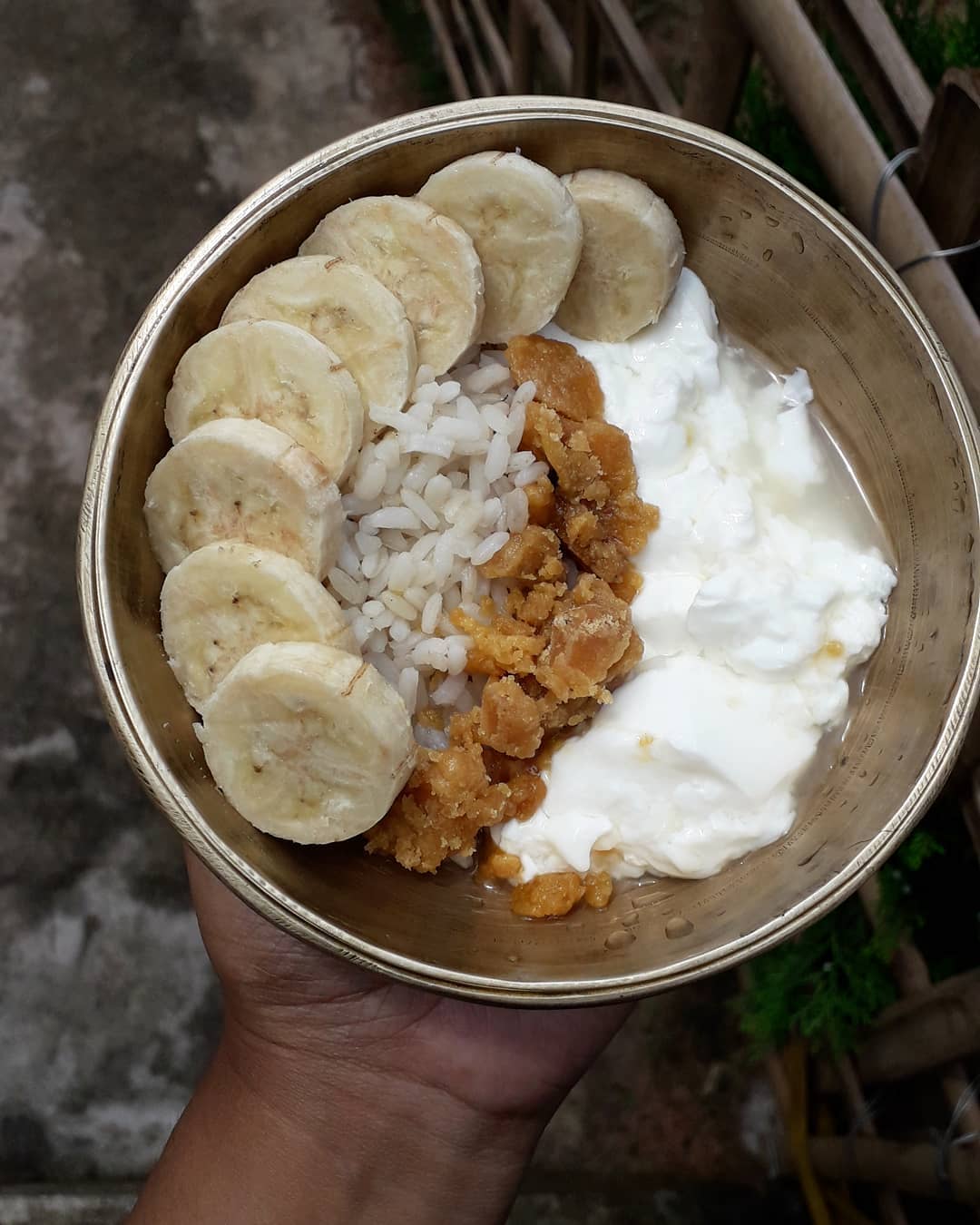
Rice for breakfast? Yes, please.
Boka saul or ‘mud rice’ is one of the most well-loved rice varieties in Assam, and its most unique feature is that it requires absolutely no cooking. You can soak it in hot water for about 15 mins or in cold water for an hour, and it is ready.
Traditionally this is eaten with a little bit of curd, jaggery, and banana. But, if you are someone who doesn’t want to eat something too sweet, this rice goes well with some butter or cream with some fried potatoes.
4. Manipuri Kachai Lemon
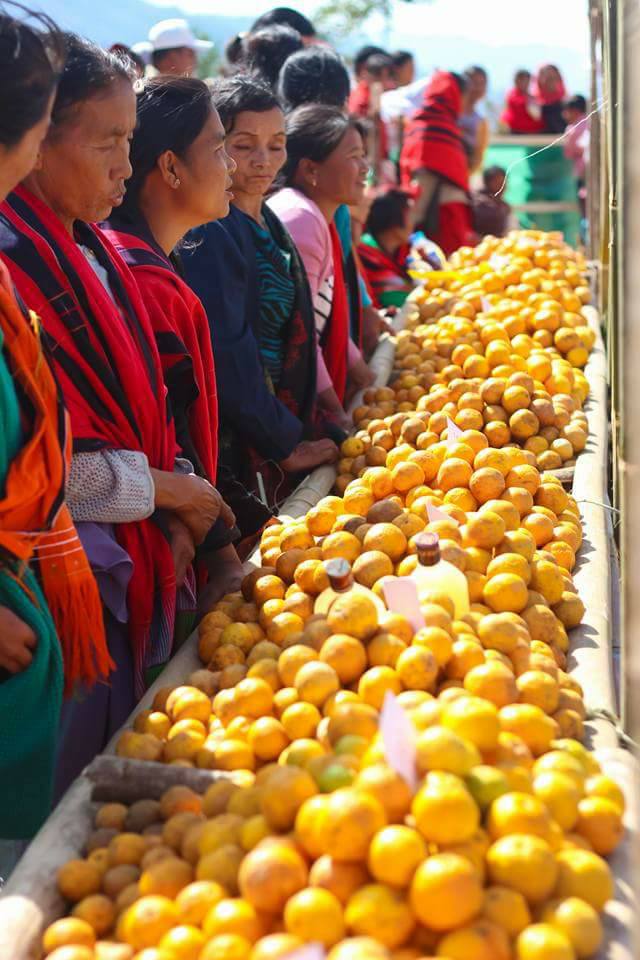
The Kachai village in Manipur’s Ukhrul district is famous for a lemon variety known as Kachai Champra (Champra means lemon).
These big, bright yellow lemons are consumed as it is, or used for making juice and pickles. If you can get your hands on them, make a sweet pickle which one can eat with their parathas and chapatis.
5. Nagaland Tree Tomato

The tree tomato or tamarillo is an egg-shaped fruit, with a tangy-sweet taste and numerous health benefits.
In Nagaland, this fruit is known as ‘Sei Bangenuo’, and according to food historian and TV producer Ruchi Shrivastava, it has been grown and consumed by the people of Nagaland and their forefathers for generations.
Nagaland has even gotten the GI tag for tree tomatoes, in April 2014 and March 2015. It can be used to make chutneys, curries and any other recipe where you’d need tomatoes.
6. Tripura’s Queen Pineapple
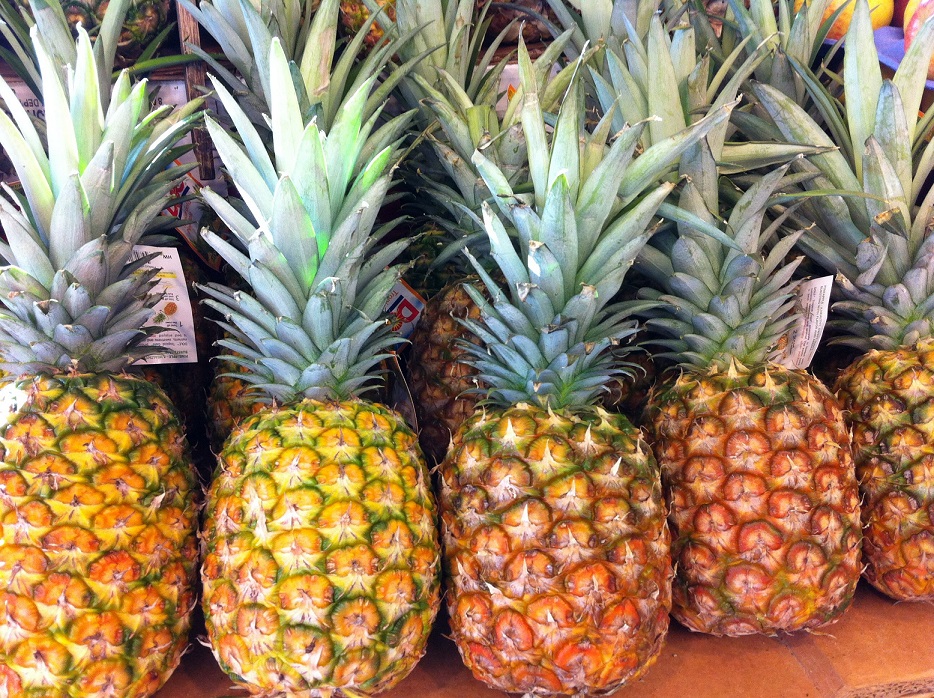
This golden yellow fruit with a sweet taste and a distinct aroma like no other was declared as the ‘State Fruit’ by President Ram Nath Kovind in June 2018. The state now exports this variety to places like Dubai and Bangladesh.
7. Karbi Anglong Ginger

The organic ginger grown in the picturesque hill district of Karbi Anglong is wildly acclaimed across the world for its taste and quality. There are two varieties that are grown in the region—‘Nadia’ which is high in fibre while ‘Aizol’ which is not very fibrous. This ingredient has also made its way to European kitchens as it is exported once it has dried.
8. Tezpur Litchi
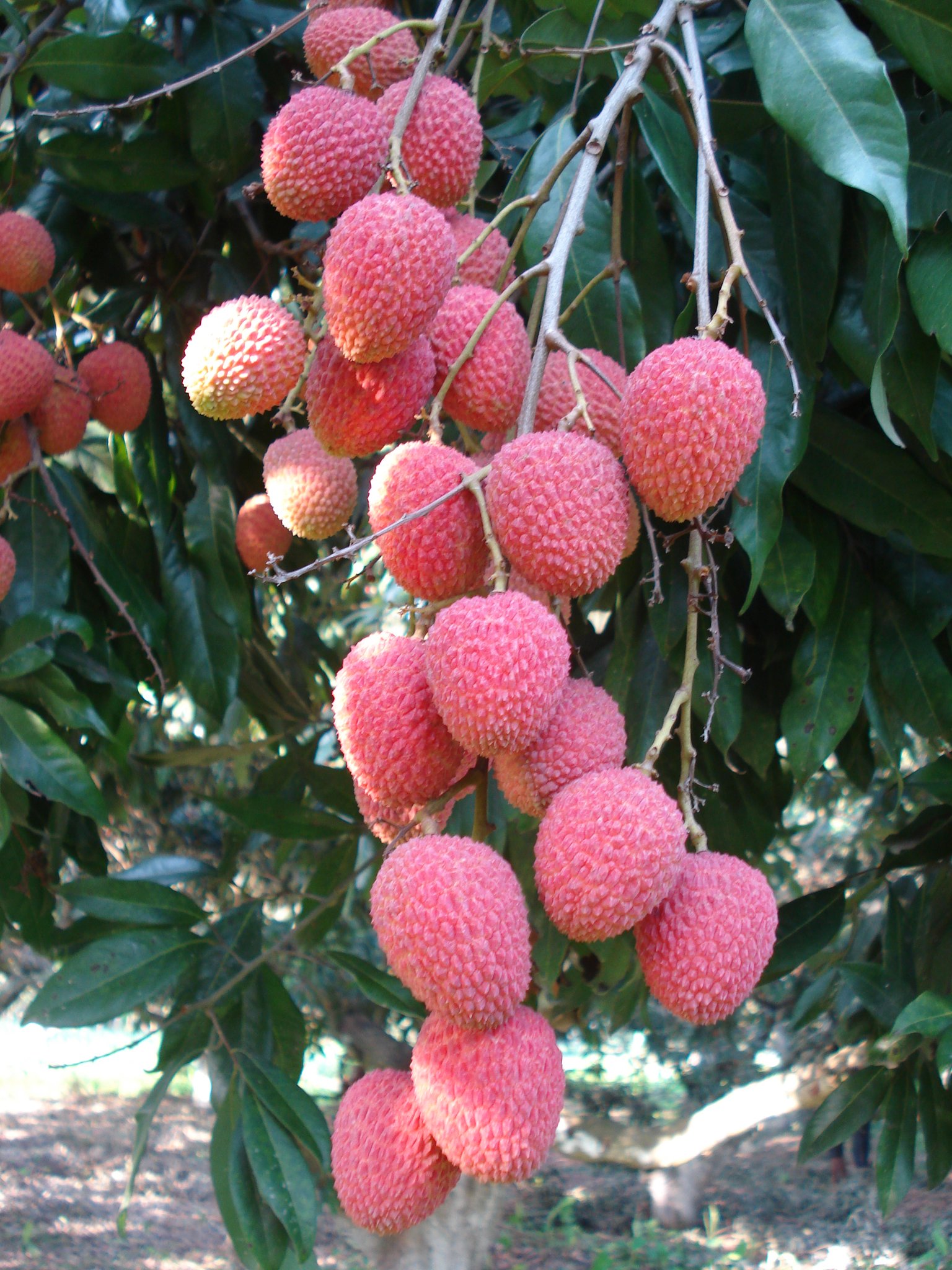
Litchis from this city of Assam are known for their delightful natural sweetness and the fleshy, juicy texture. There are about five popular varieties of litchi grown here, namely the Bombaiya, Piyajee, Bilatee, Desi, and Elachi. These have high demand and have entered the markets in states like Rajasthan, Uttar Pradesh, Madhya Pradesh, among others.
9. Khasi Mandarin
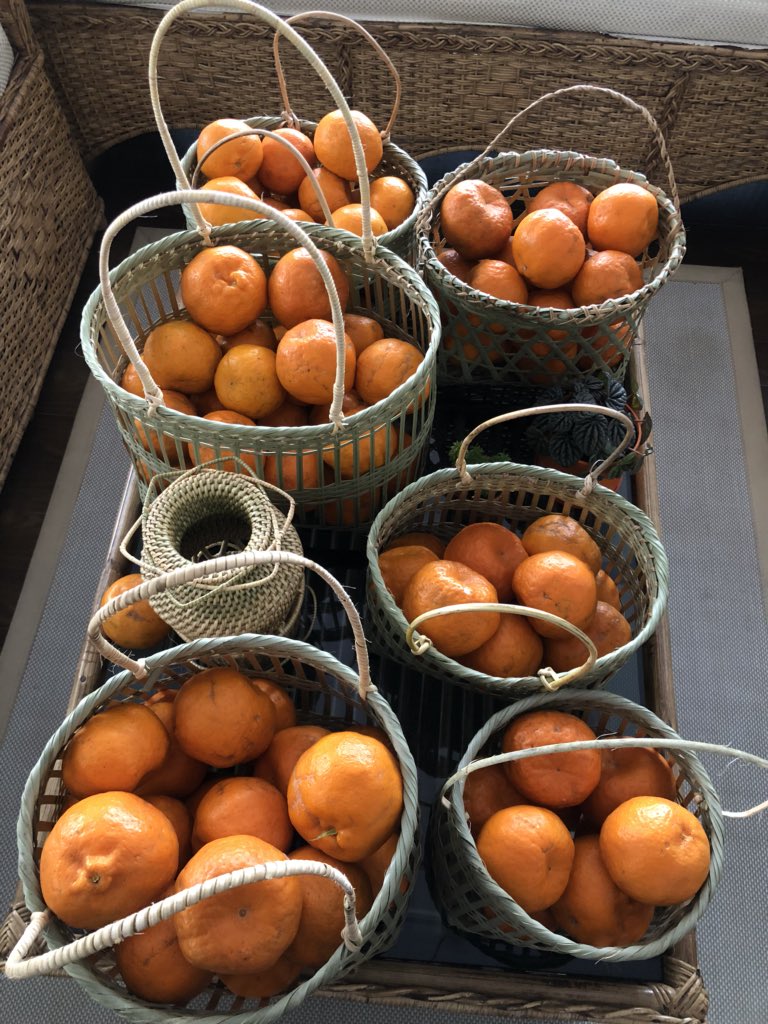
This variety of oranges are cultivated only in the state of Meghalaya and have a deliciously sweet and citrusy taste. According to local belief, the aromatic fruit has the ability to dispel anger and is given as a present to make up for offences.
You can have these fresh or turn them into a delicious marmalade that can be put on hot toast.
10. Sikkim Large Cardamom
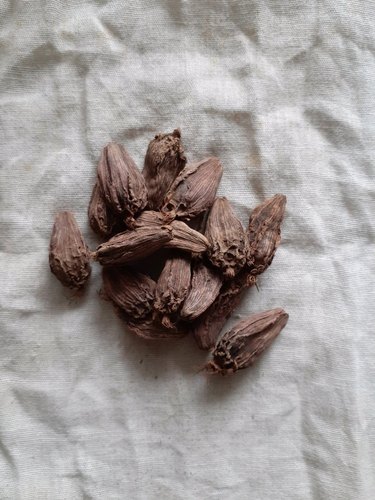
This might come as a surprise, but the elaichi that you have been using to flavour your sweets, chai, and biryani could have very well been grown in Sikkim. About 86 per cent of the nation’s cardamom grows here. Most of it is organically grown, and cardamom cultivation brings in significant revenue for the state’s farmers.
Make sure you incorporate the goodness of these wonderful ingredients in a part of your diet and cooking!
(Edited by Gayatri Mishra)
Like this story? Or have something to share?
Write to us: [email protected]
Connect with us on Facebook and Twitter.
This story made me
- 97
- 121
- 89
- 167
Tell Us More
We bring stories straight from the heart of India, to inspire millions and create a wave of impact. Our positive movement is growing bigger everyday, and we would love for you to join it.
Please contribute whatever you can, every little penny helps our team in bringing you more stories that support dreams and spread hope.



















